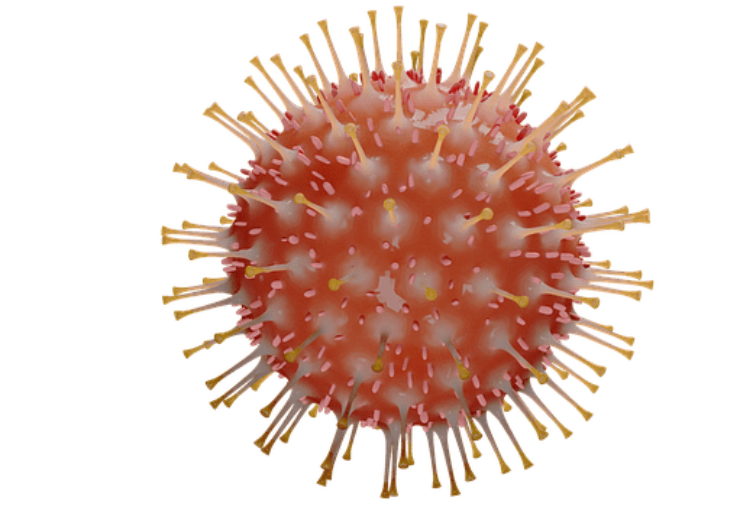The new Covid-19 diagnostic assay has been developed using real-time, reverse transcription polymerase chain reaction (rRT-PCR) method

Applied DNA applied for US FDA EUA for Linea Covid-19 diagnostic kit. (Credit: Pixabay/dianakuehn30010)
Applied DNA Sciences, a provider of molecular technologies, has applied for US Food and Drug Administration (FDA) Emergency Use Authorization (EUA) for its Linea Covid-19 diagnostic candidate to detect SARS-CoV-2 that causes novel coronavirus disease Covid-19.
The company has partnered with Stony Brook University Hospital to validate its new test for the FDA EUA.
The new diagnostic assay has been developed using real-time, reverse transcription polymerase chain reaction (rRT-PCR) method, which detects minute quantities of the viral S gene, with a low probability of false negatives.
In addition, Applied DNA has aligned 74 variants of the S-gene sequence, currently available in the National Center for Biotechnology Information (NCBI) database to design the assay.
According to the results, the gene variant used by Applied DNA is close to 99.97% identical across variants, and is said to be highly conserved. The detection using diagnostic kit would be consistent across the variants, said the company.
Applied DNA is working to enhance the assay to increase ease of patient sampling
In addition, the assay has been designed to run in high-throughput workflows that enable same-day results to be transmitted to the ordering physician.
The company is exploring new methods to enhance the assay, to make the patient sampling easy by replacing saliva in place of invasive nasopharyngeal swabbing methods.
Applied DNA said that its Covid-19 platform will target the protein and its viral gene, enabling the virus to enter into human cells. The spike of the virus binds to receptors found in the upper and lower airways to gain access to the inside of cells. The protein is encoded in the S gene of the virus.
The company has been developing vaccine candidates, using engineered synthetic portions of the S gene, to present the antigens of the protein to the patient’s immune system and induce the generation of antibodies that engage with the virus and neutralise the SARS-CoV-2 virus to infect human cells.
